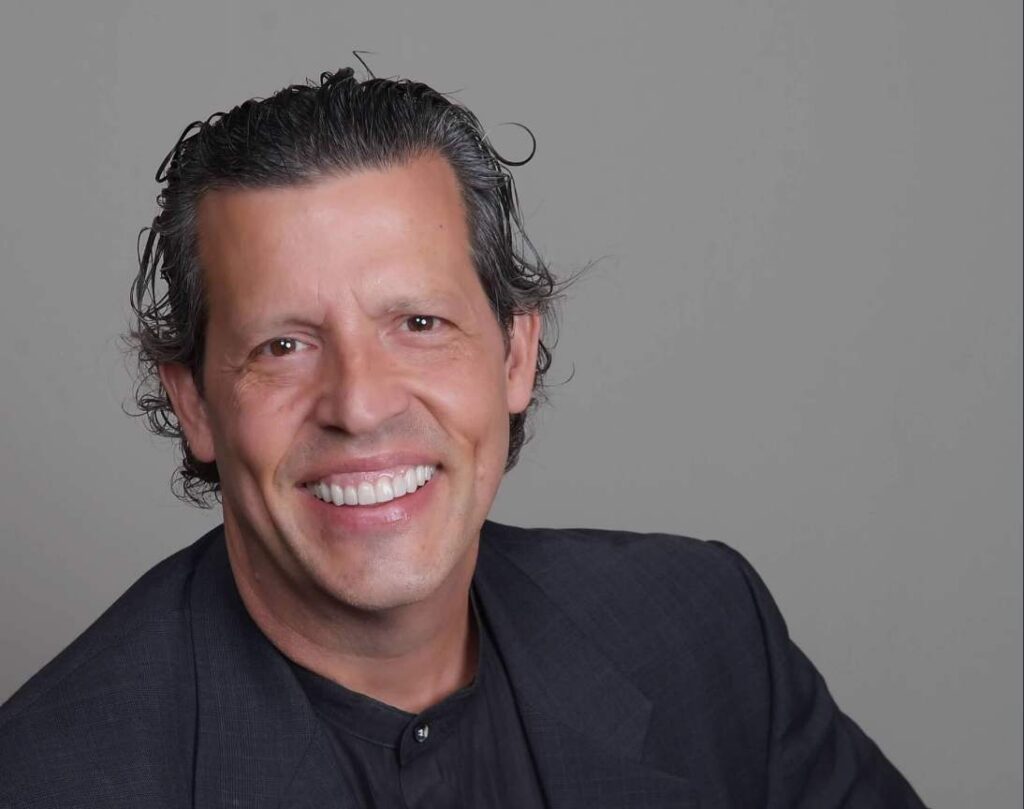A Different Education for All

- Creating Courses, Coaching and Community with Michael Wolf
 Author: Nadia Akther Source In this LMScast episode, Chris Badgett and Michael Wolf share a passion for online education, technology, and personal transformation. Michael Wolf left his job in… Read more: Creating Courses, Coaching and Community with Michael Wolf
Author: Nadia Akther Source In this LMScast episode, Chris Badgett and Michael Wolf share a passion for online education, technology, and personal transformation. Michael Wolf left his job in… Read more: Creating Courses, Coaching and Community with Michael Wolf - What Makes Thor’s Stormbreaker Different from Mjolnir
 Video by Coding Cafe via YouTube Source Credits goes to Universal, DC Films, HOME VIDEO, Seven Bucks Productions, the Safran Company, Warner Brothers, Marvel Entertainment, Sony, Fox, Sony Entertainment,… Read more: What Makes Thor’s Stormbreaker Different from Mjolnir
Video by Coding Cafe via YouTube Source Credits goes to Universal, DC Films, HOME VIDEO, Seven Bucks Productions, the Safran Company, Warner Brothers, Marvel Entertainment, Sony, Fox, Sony Entertainment,… Read more: What Makes Thor’s Stormbreaker Different from Mjolnir - Essay Writing Techniques- Guides for Students! SUBSCRIBE!
 Video by Education, Innovation, Leadership !! via YouTube Go to Source Consistent practice and language fluency can empower students to design narratives that not only resonate with readers but… Read more: Essay Writing Techniques- Guides for Students! SUBSCRIBE!
Video by Education, Innovation, Leadership !! via YouTube Go to Source Consistent practice and language fluency can empower students to design narratives that not only resonate with readers but… Read more: Essay Writing Techniques- Guides for Students! SUBSCRIBE! - Why Tony Stark Kept the Shrapnel That Almost Killed Him
 Video by Coding Cafe via YouTube Source Go to Source
Video by Coding Cafe via YouTube Source Go to Source 
បើកទ្វាអនាគតរបស់អ្នកនៅក្នុងយុគសម័យបញ្ញាសិប្បនិម្មិត (AI)
Video by Innovation School of Education via YouTube Go to Sourceបើកទ្វាអនាគតរបស់អ្នកនៅក្នុងយុគសម័យបញ្ញាសិប្បនិម្មិត (AI)
នៅក្នុងកម្លាំងពលកម្មនាពេលបច្ចុប្បន្ន និងអនាគត ជំនាញបញ្ញាសិប្បនិម្មិត (AI) គឺពិតជាមានតម្រូវការខ្ពស់។ បញ្ញាសិប្បនិម្មិត (AI) មិនបានជំនួសការងារនោះទេ តែវាកំពុងបង្កើតឱកាសថ្មីៗសម្រាប់បុគ្គលដែលមានភាពស្ទាត់ជំនាញក្នុងការប្រើប្រាស់វា។
ចុះឈ្មោះឥឡូវនេះដើម្បីត្រៀមខ្លួនរួចជាស្រេចសម្រាប់ឱកាសនាពេលអនាគត www.certiport.com/GenAI… Read more:
បើកទ្វាអនាគតរបស់អ្នកនៅក្នុងយុគសម័យបញ្ញាសិប្បនិម្មិត (AI)
- Writing Coach Meeting for AZ Partners
 Author: Khan Academy via YouTube Go to Source Discover how to encourage students to enhance their writing skills through personalized feedback and learn how to integrate this powerful tool… Read more: Writing Coach Meeting for AZ Partners
Author: Khan Academy via YouTube Go to Source Discover how to encourage students to enhance their writing skills through personalized feedback and learn how to integrate this powerful tool… Read more: Writing Coach Meeting for AZ Partners - Why did Supergirl Age Slower Than Superman
 Video by Coding Cafe via YouTube Source Credits goes to Universal, DC Films, HOME VIDEO, Seven Bucks Productions, the Safran Company, Warner Brothers, Marvel Entertainment, Sony, Fox, Sony Entertainment,… Read more: Why did Supergirl Age Slower Than Superman
Video by Coding Cafe via YouTube Source Credits goes to Universal, DC Films, HOME VIDEO, Seven Bucks Productions, the Safran Company, Warner Brothers, Marvel Entertainment, Sony, Fox, Sony Entertainment,… Read more: Why did Supergirl Age Slower Than Superman - Image Cropper (UCrop) Library using Kotlin Android Studio Tutorial
 Video by Android with Haroon via YouTube Source In this video, we will implement the image cropping library UCrop using Kotlin in Android Studio. Go to Source
Video by Android with Haroon via YouTube Source In this video, we will implement the image cropping library UCrop using Kotlin in Android Studio. Go to Source - The Counter App – Jetpack Compose Course #8
 Video by Master Coding via YouTube Source
Video by Master Coding via YouTube SourceCheck out my Udemy courses here:
The Complete Android 15 Course [Part 1]-Master Java & Kotlin https://www.udemy.com/course/the-complete-android-10-developer-course-mastering-android/?couponCode=MASTERCODING4
The Complete… Read more: The Counter App – Jetpack Compose Course #8

What if your students could be doing an experiment like this?
Author: Khan Academy via YouTube Go to Source With our FREE hands-on activities, students can think like scientists while exploring real-world physics & chemistry!No extra prep—just engaging,… Read more:
What if your students could be doing an experiment like this?



